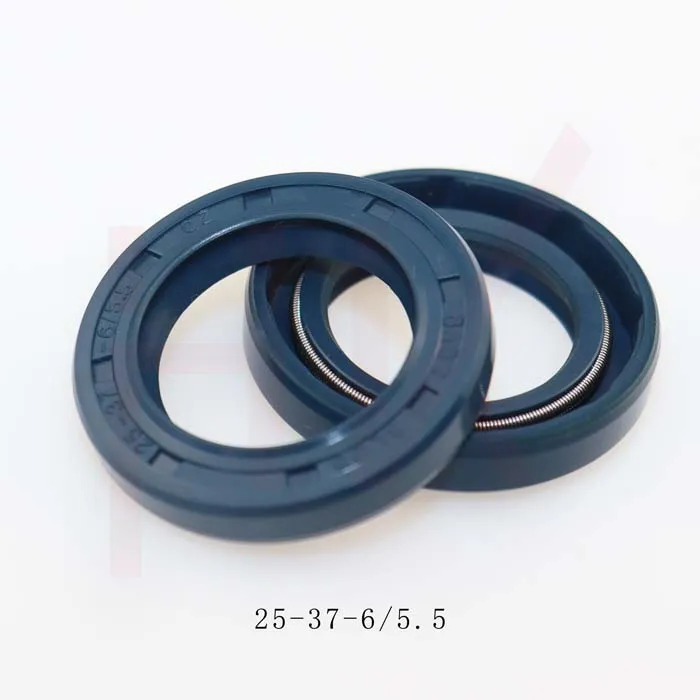Oct . 19, 2024 00:20 Back to list
Effective Solutions for Shaft Dust Sealing in Machinery Applications
The Importance of Shaft Dust Seals in Machinery
Shaft dust seals play a critical role in the functionality and longevity of various machinery and equipment. These seals are designed to prevent contaminants, such as dust, dirt, and moisture, from entering the internal components of rotating shafts. This article will explore the importance of shaft dust seals, their functions, types, and the impact they have on overall machinery performance.
First and foremost, the primary function of a shaft dust seal is to protect the internal components of machinery from external environmental factors. In many industrial settings, machinery is often exposed to harsh conditions, including dust-laden air, moisture, and chemicals. Without adequate protection, these contaminants can infiltrate the machinery, causing wear and tear on critical internal components like bearings, gears, and motors. This intrusion can lead to premature failure, costly downtime, and extensive repair costs. Therefore, dust seals act as a barrier, ensuring the longevity and reliability of equipment.
Shaft dust seals come in various designs and materials, tailored to meet specific operational requirements. Common materials used in the manufacturing of dust seals include rubber, thermoplastics, and metal. Each material offers distinct advantages depending on factors such as temperature range, chemical exposure, and the type of machinery involved. For example, rubber seals are often favored for their flexibility and resilience, making them ideal for dynamic applications where some movement occurs. Conversely, metal seals may be chosen for high-temperature applications due to their durability.
shaft dust seal

There are also different types of shaft dust seals, each serving a specific purpose. The most common types include lip seals, radial shaft seals, and felt seals. Lip seals feature a flexible material that forms a tight bond with the rotating shaft, thus preventing leakage and contamination. Radial shaft seals have a more robust design, suited for high-load applications. Felt seals utilize a porous material that absorbs and retains lubricant while preventing dust ingress. The choice of seal depends on the machinery requirements and working conditions.
Implementing high-quality shaft dust seals is essential for maintaining efficiency in machinery operations. Regular maintenance and inspection of these seals can prevent potential issues before they escalate. Operators should look for signs of wear, such as cracks, deformation, or signs of leakage, and replace seals when needed to ensure optimal performance.
In conclusion, shaft dust seals are vital components in protecting machinery from harmful contaminants. Their effective design and implementation contribute significantly to the efficiency and longevity of equipment. By investing in quality dust seals and maintaining them properly, industries can minimize downtime, reduce repair costs, and enhance overall productivity, ensuring their operations run smoothly over the long term.
-
Wiper Oil Seal: Our Commitment to Clean Hydraulics
NewsAug.13,2025
-
Hydraulic Oil Seal for Self Discharging Cars
NewsAug.13,2025
-
Hub Oil Seal for Agricultural Tractor Hubs
NewsAug.13,2025
-
Skeleton Oil Seal with NBR Material
NewsAug.13,2025
-
Rotary Lip Seal for High Pressure Applications
NewsAug.13,2025
-
Cylinder Seal Kits Our Legacy of Hydraulic Trust
NewsAug.13,2025
-
Unlocking the Potential of Hydraulic Systems with Essential Sealing Solutions
NewsAug.06,2025
Products categories
















